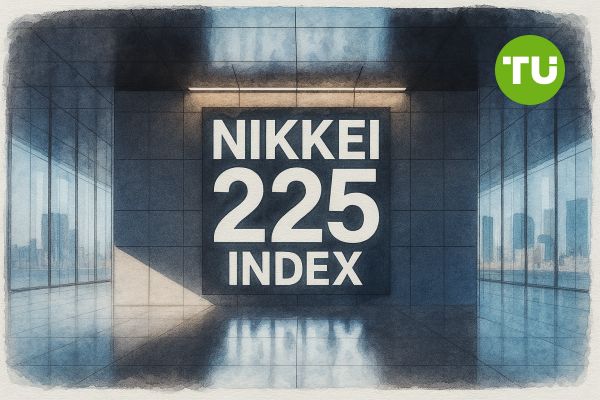Nikkei 225 index eases below 40,000 as short-term caution builds after recent rally
 Nikkei 225 pulls back after rejection near 40,800, testing support above breakout zone
Nikkei 225 pulls back after rejection near 40,800, testing support above breakout zone
The Nikkei 225 ended the July 3 session at 39,785.90, slipping back below the 40,000 mark after a failed attempt to extend gains. While the broader trend remains constructive, technical signals now point to a possible cooling phase, with buyers struggling to push past a historically contested supply zone.
Highlights
- Nikkei 225 closes at 39,785.90, retreating from earlier highs above 40,000
- MACD, SAR, and DMI indicators suggest fading bullish conviction in the short term
- Support at 39,700 remains key, with deeper downside risk toward 38,600 if momentum fails
Following a breakout from its June consolidation structure, the Nikkei surged toward 40,800 before facing firm rejection near that upper boundary. The area aligns with a key supply zone and the upper band of both the long-term pitchfork and parallel channel. July 3 saw a red daily candle close just beneath 39,800, testing prior breakout structure as short-term support.

NI225 price forecast (Source: TradingView)
The Bollinger Bands have begun to flatten, and price is now drifting away from the upper band toward the mid-band near 39,427. The 20-EMA on the 4-hour chart sits just above that level, forming a potential reaction zone, should be selling pressure deepen. Until the index recovers above 40,200, the upside appears constrained.
Momentum indicators point to pause
The Directional Movement Index shows a weakening trend, with +DI still above -DI but ADX now flattening near 27.5. The Parabolic SAR has flipped above the latest candle, suggesting a shift in short-term momentum. If price remains below the SAR threshold around 40,769, the odds of further consolidation or a modest pullback increase.
Longer-term structures also reveal key resistance at 40,800, with little sign of renewed volume or buying pressure to challenge it. Should the 39,700–39,500 support zone fail to hold, the index may retrace toward 38,600—an area that aligns with the 50-day EMA and historical demand.
In an earlier Nikkei 225 analysis, we highlighted the breakout from a triangle structure and outlined 40,200–40,800 as key resistance. That zone has now acted as a ceiling, with price struggling to build further upside. As long as price remains capped below 40,200, the focus shifts to whether the recent breakout will hold or revert into a broader range-bound phase.













































































































































